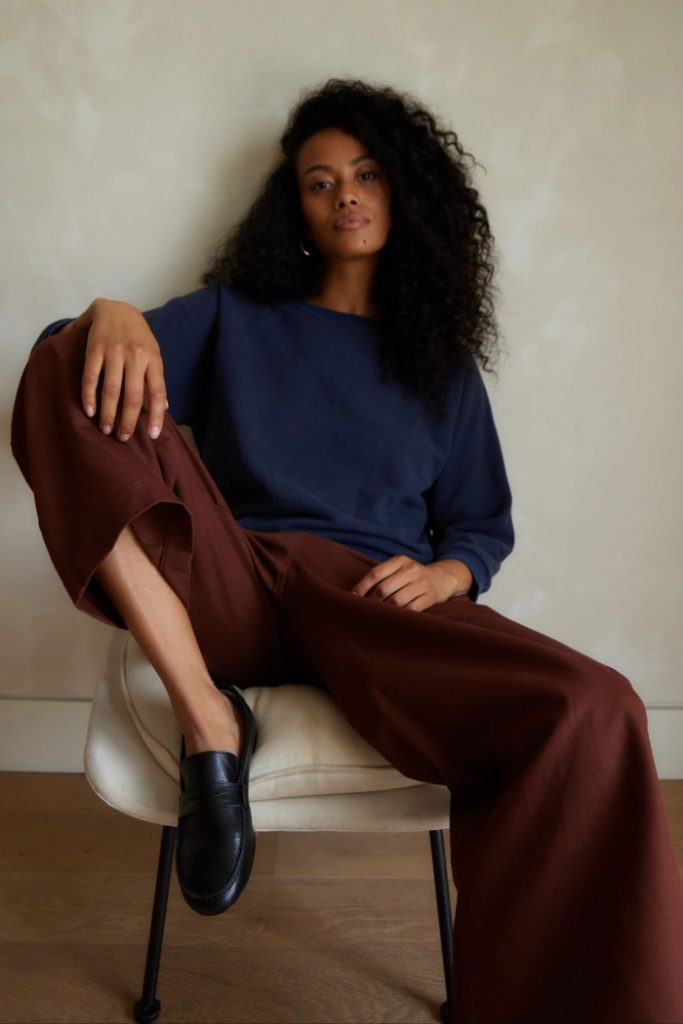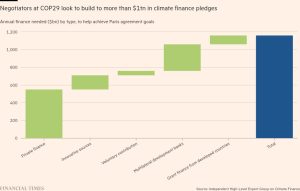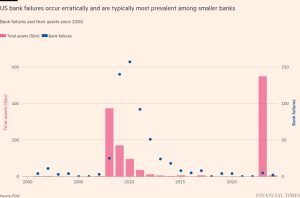The making of a cult loafer

Unlock the Editor’s Digest for free
Roula Khalaf, Editor of the FT, selects her favourite stories in this weekly newsletter.
Some people collect paintings or vintage china. Others accumulate seashells, records or first-edition books. Jamie Haller hoards men’s loafers from the 1970s. “None of them fit me,” she says. That doesn’t keep the fashion designer from storing her vintage Gucci, Ferragamo and Pierre Cardin loafers in her wardrobe, right where she can see them. “I just love them — like old briefcases, to me they’re these beautiful, iconic sculptures.”
Those shoes provided the inspiration for Haller’s Penny Loafer, the bestselling style from her four-year-old brand. “I think people love them because they’re comfortable and beautiful,” she says, speaking from the Craftsman house in Los Angeles that she uses as an office (it’s next door to her family home; the commute is a breeze). The shoes are handmade in a Tuscan factory specialising in sacchetto construction. Unlike standard mounted shoes, sacchetto, which translates to “little bag”, offers a glove-like, contoured fit. “Once I tried it, I couldn’t un-feel it. It hugs all the contours of your foot differently and feels amazing compared to other shoes.”
Her loafers have inspired devotion among celebrities (Emily Ratajkowski has worn them) and style-conscious shoppers alike. Fans swear that they’re comfortable enough to wear for a full day of walking around Paris, straight out of the box. “They’re the type of shoes you keep for ever,” says creative director and brand strategist Ali LaBelle (loafer count: three pairs). “The leather is buttery soft and the shoes wear beautifully — I even prefer my worn-in, sort-of-scuffed pair to my brand new pair.”
Since launching the style in autumn 2021, Haller has sold more than 4,500 pairs of the loafers through her website. Seventy per cent of all her sales are direct-to-consumer, with the rest sold largely via independent boutiques including ByGeorge, Mohawk General Store and Capitol. Out of the dozen-odd colours of penny loafer Haller offers, the constant bestseller is oxblood. Sometimes black comes to the fore. “But right now we’re in an oxblood phase.”


Haller suggests that for many of her clients, the loafers represent a justifiable treat: practical and useful, yes — yet special. They’re also easy to wear with her LA-casual wardrobe. “I have a fashion-forward sensibility, but I’m not dressed like a runway, ever. I wear jeans and T-shirts and sweatshirts and button-downs. I can lead my very casual life, put on my loafers and immediately feel elevated and polished. That, in turn, makes me feel better about myself.”
Her primary material is buffalo, chosen for its suppleness. She has also dispensed with counters, the hard forms used to give shoes their shape. “I just want it all to feel like a ballet slipper. I’m a very barefooted person. I’ve never wanted to wear much on my feet — I’ve basically just been trying to design shoes that allow me to keep living that life. But with shoes on.”
Haller, 46, began working for American mall brands straight out of university, designing denim for Guess Jeans and “sexy suits” for Bebe before making a move to smaller labels. She had the idea for the brand and its first few designs in early 2020, and launched her first style — a remake of a jutti, the classic Indian slipper, based on a pair she’d worn for 20 years — later that year.
Right around the time her juttis and loafers started to take off, so did her side business as an interior designer specialising in Craftsman houses. She’s continued working on houses as the shoe line has grown (the kitchen from one of her projects, a 1929 Spanish colonial house in LA’s Los Feliz neighbourhood, was featured in Architectural Digest in August). A typical week might find Haller pinging between lookbook shoots and site visits, supplier calls and estate sales.
Working in two separate fields “lights up the same part of me,” she says. “My brain is melting most days. Melting with great shoes and with beautiful wallpapers.” The fact that both interiors and fashion are creative helps, and feedback from one project has a way of informing the other. “Sometimes when I get really overwhelmed by something [with the brand], I’ll go to a job site. In stepping away and getting immersed in something else, I can come back and confront whatever felt chunky before. It does allow me to flip back and forth.”
They also offer her the chance to express different aesthetic viewpoints. In fashion, she leans masculine; in interiors, “it’s all this chaos of really feminine patterns,” she says. “I’m exploring different parts of my personality, but it’s all very me.”
The brand is small but profitable and growing. In 2023, Haller’s direct website sales increased tenfold compared with the previous year. Halfway through 2024, her direct sales had already doubled from 2023; she expects that number to at least quintuple by the end of the year.
When she launched ready-to-wear and denim in August, 75 per cent of styles sold out within days of going online. It isn’t an accident that the jeans, blazers and sweatshirts pair well with loafers. “We do have this really connected audience that wants to come back and buy more,” Haller says. All for the love of a barefoot shoe, and something to wear with it. “That’s my North Star: if it’s comfortable and it fits my life and I really care about it, I’m going to make it.”
Sign up for Fashion Matters, your weekly newsletter with the latest stories in style. Follow @financialtimesfashion on Instagram and subscribe to our podcast Life & Art wherever you listen
#making #cult #loafer







